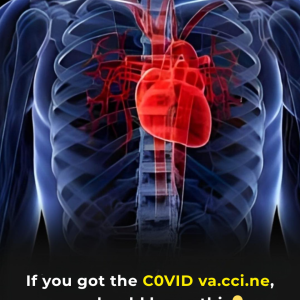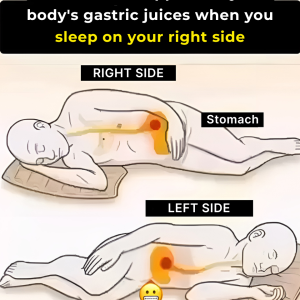Dealing with head lice is a challenging and time-consuming task, making it a dreaded scenario for many parents when their children bring lice home from school.
Unfortunately, head lice are a common issue and can be surprisingly difficult to avoid, especially when children return to school after summer holidays. Kids often mingle during the break, creating the perfect environment for lice to spread.
What starts as one or two children scratching their heads can quickly escalate, putting entire families on high alert for lice infestations. Once lice are discovered, it’s time for lice removal treatments, which are often inconvenient, painful, and far from foolproof. Even after removing lice, there’s no guarantee they won’t return.
How lice spread
Children are usually the main culprits behind the rapid spread of lice. According to the Care Guidebook, kids are most at risk during summer months, and when school resumes, lice find the ideal environment to thrive.
Lice don’t jump or fly; they spread by crawling from one strand of hair to another. While it’s commonly believed that lice can spread through brushes or hats, Care Guide clarifies that this risk is minimal since lice become weakened when they fall out of hair.

Detecting lice
Lice can cause significant discomfort and itching, but they are not dangerous. Symptoms, including an itchy scalp, usually appear 4-6 weeks after infestation. To identify lice, check the scalp thoroughly. Lice are translucent, about 1-3 millimeters long, and can range in color from gray and brown to black or red. The best way to confirm their presence is by using a lice comb to carefully comb the hair; any lice will fall into the sink.
Spotting lice eggs

Detecting lice eggs can sometimes be easier than spotting lice themselves. Eggs, typically found close to the scalp, are dark if unhatched and light if empty. Measuring about one millimeter, these eggs can either be combed out or naturally shed as hair grows. However, treatment is only necessary if live lice are found.
A chemical-free treatment method
Though lice shampoos are available, they don’t always guarantee complete removal and often require treating the entire family twice, which can be costly and time-intensive. Fortunately, Healthy Life Center offers an alternative, chemical-free solution.
What you’ll need:
- A lice comb
- Mouthwash
- White vinegar
- A shower cap or plastic bag
- A towel
Steps:
- Apply mouthwash: Wet the hair thoroughly with mouthwash, as lice are repelled by the strong smell. Cover the hair with a shower cap or plastic bag and let it sit for an hour.
- Use vinegar: After rinsing out the mouthwash, soak the hair in white vinegar to help dissolve the eggs. Let this sit for another hour under the shower cap.
- Wash and comb: Shampoo the hair as usual and use a lice comb to remove remaining lice and eggs.
- Prevent re-infestation: Lightly spray your child’s hair with mouthwash before school to deter lice from settling in.
Keep lice at bay
If you want to prevent lice from spreading, share this helpful tip with friends and family. Let’s hope this method works for you!




